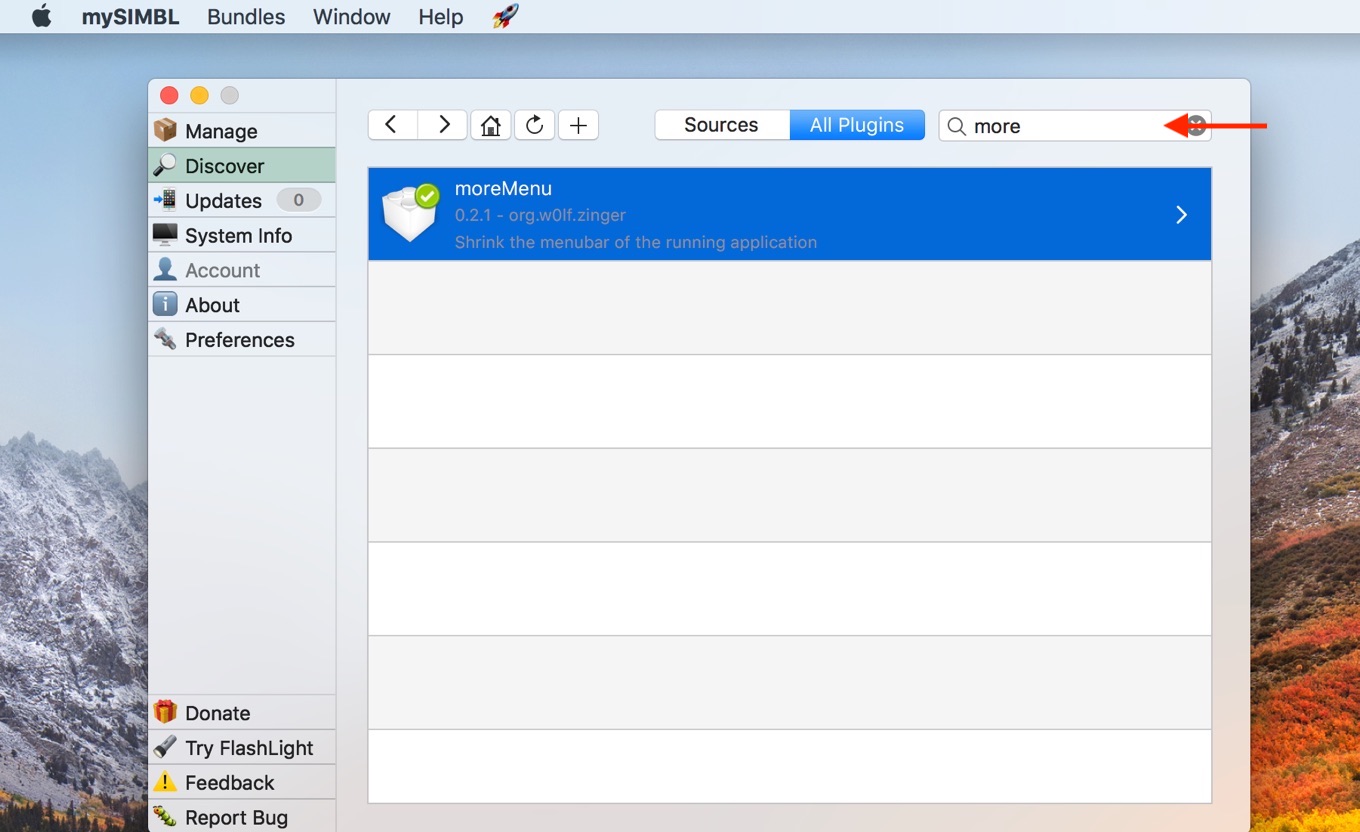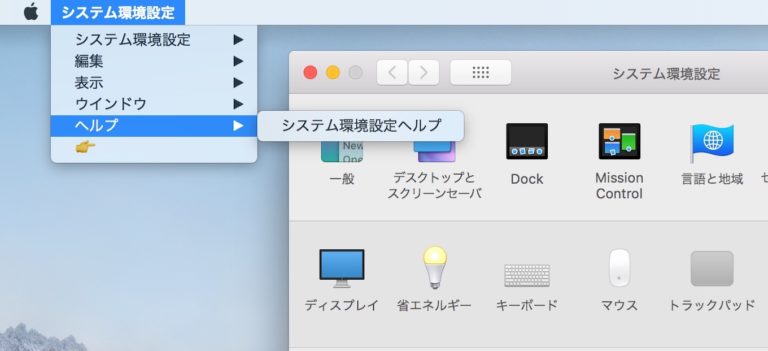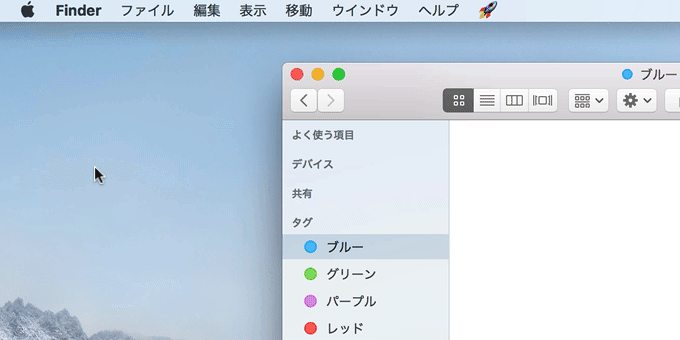

Afloat github without mysimbl code#
Note that if you set this option to false, your request will block execution of other code until the response is received. async – Set to false if the request should be sent synchronously.Other request types, such as “PUT” and “DELETE” can be used, but they may not be supported by all browsers. type – The type of the request, “POST” or “GET”.Required either as an option or as a separate parameter. For a complete list of options, visit that the url can either be provided as a separate parameter or as part of the options object.Here are some of the more commonly used options: There are many, many options for the $.ajax method, which is part of its power. Also, its ability to take a configuration object that can be defined separately makes it easier to write reusable code. The $.ajax method is particularly valuable because it offers the ability to specify both success and failure callbacks. It takes a configuration object that contains all the instructions jQuery requires to complete the request. JQuery’s core $.ajax method is a powerful and straightforward way of creating Ajax requests.

Once you have gained some experience with Ajax in jQuery, it is easiest to just use this one method. We’ll review it first, and then touch briefly on the convenience methods.The $.ajax method offers features that the convenience methods do not. While jQuery does offer many Ajax-related convenience methods, the core $.ajax method is at the heart of all of them, and understanding it is imperative. Doing anything serious with Dynamic HTML was painful, however, because all the major browsers implemented its pieces slightly differently LiveScript became JavaScript and grew more powerful, leading to a technique known as Dynamic HTML, which was typically used to make things fly around the screen and change around in response to user input. One early example was the Netscape form system, which would tell you if you’d entered an invalid value for a field as soon as you entered it, instead of after you tried to submit the form to the server. During the first big stretch of browser innovation, Netscape added a feature known as LiveScript, which allowed people to put small scripts in web pages so that they could continue to do things after you’d downloaded them. Since then, new technologies have been built on top of older ones to create a more useful, faster web. Take an application like Instagram or Pinterest for example.How is it that I can continue scrolling forever and ever, without a page reload, and content continues to show up? What’s happening behind the scenes is this asynchronous request to a server that does not end up disturbing the user? Around 2005 (when the term AJAX was coined), this was pretty revolutionary. History and the evolution of the XHR and AJAX. In Synchronous data transfer, data is transmitted in the form of blocks or frames whereas in asynchronous data transfer, transmission is done in 1 byte or character at a time. TRANSMISSION: Whereas Asynchronous Transmission does not require a clock but it adds a parity bit to the data before transmission. The major advantages are:-Delta modulation provides the benefit of lower bandwidth consumption because data transmitted as only one bit per sample.Lower bandwidth makes the process of data communication more cost effective.Ĭompare and contrast synchronous and asynchronous communication in the context of DC. It offers service plans, which include mobile, dial up and high speed Internet, and telephone systems. Provide local, long distance, data, and Internet telecommunications services to residences and businesses in Southern Illinois. What Delta-Communication is, discussing the advantages of using it.

Special technology is not needed, can be implemented with standard web technologies Can increase network traffic (less scalable).Server-side: special technology is not needed.Send XHR requests periodically to the server.Server-side: special technology is not need.Simple-Pull-Delta-Communication (SPDC) can be seen as the simplest form of DC


 0 kommentar(er)
0 kommentar(er)
